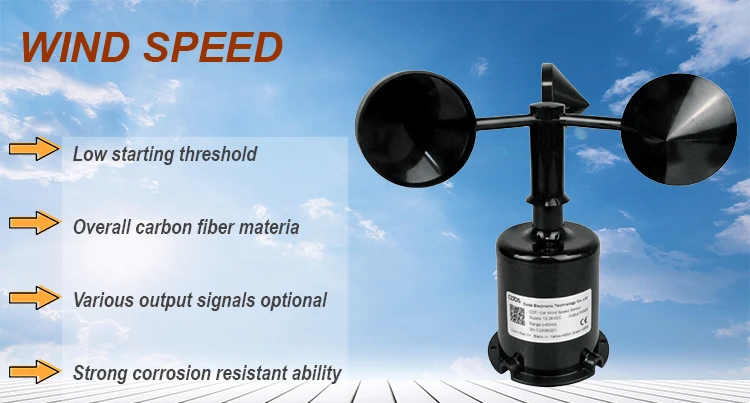Anemometer: Instrument to Measure Wind Speed

。
# Anemometer: Instrument to Measure Wind Speed
## What is an Anemometer?
An anemometer is a meteorological instrument specifically designed to measure wind speed. It plays a crucial role in weather forecasting, aviation, marine operations, and various scientific research applications. The word “anemometer” comes from the Greek word “anemos,” meaning wind.
## Types of Anemometers
### 1. Cup Anemometer
The most common type features three or four hemispherical cups mounted on horizontal arms. As wind blows, the cups rotate, and the speed of rotation corresponds to wind speed.
### 2. Vane Anemometer
This type combines a propeller and a tail to measure both wind speed and direction simultaneously. It’s often used in weather stations.
### 3. Hot-Wire Anemometer
Using electrically heated wires, this sophisticated instrument measures wind speed by detecting changes in electrical resistance caused by cooling from wind flow.
### 4. Ultrasonic Anemometer
These advanced devices use ultrasonic sound waves to measure wind speed and direction without moving parts, making them highly accurate and durable.
## How Anemometers Work
Most mechanical anemometers operate on simple principles:
– The moving parts (cups or propellers) rotate when wind blows
– The rotation speed increases with wind velocity
– The instrument converts this rotation into an electrical signal
– The signal is processed to display wind speed in standard units (mph, km/h, knots, or m/s)
## Applications of Anemometers
Anemometers serve numerous important functions:
– Weather forecasting and monitoring
– Aviation safety (airport operations)
– Marine navigation
– Wind energy assessment for turbine placement
– Building ventilation system design
– Industrial process control
– Environmental research
## Choosing the Right Anemometer
When selecting an anemometer, consider:
– Measurement range needed
– Required accuracy
– Environmental conditions
– Portability requirements
– Data recording capabilities
– Power source options
Modern anemometers range from simple handheld devices to sophisticated permanent installations with wireless data transmission capabilities. The choice depends on the specific application and budget.
## Maintaining Your Anemometer
Proper maintenance ensures accurate measurements:
– Regularly clean moving parts
– Check for wear and tear
– Calibrate according to manufacturer instructions
– Protect from extreme weather when possible
– Store properly when not in use
Anemometers continue to evolve with technology, incorporating digital displays, wireless connectivity, and integration with other meteorological instruments for comprehensive weather monitoring solutions.
Keyword: instrument measure wind speed
